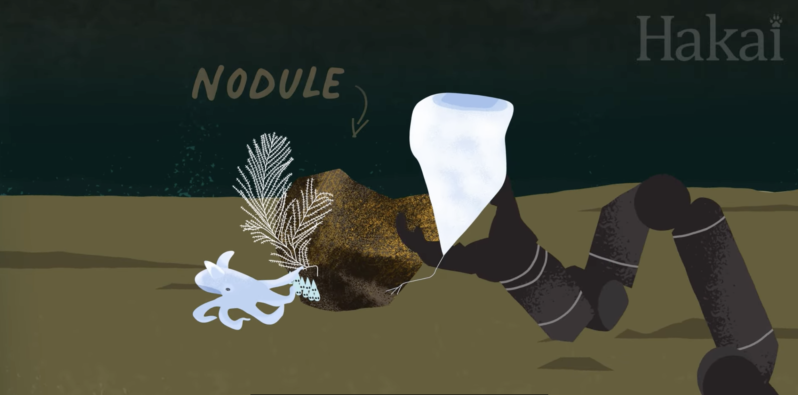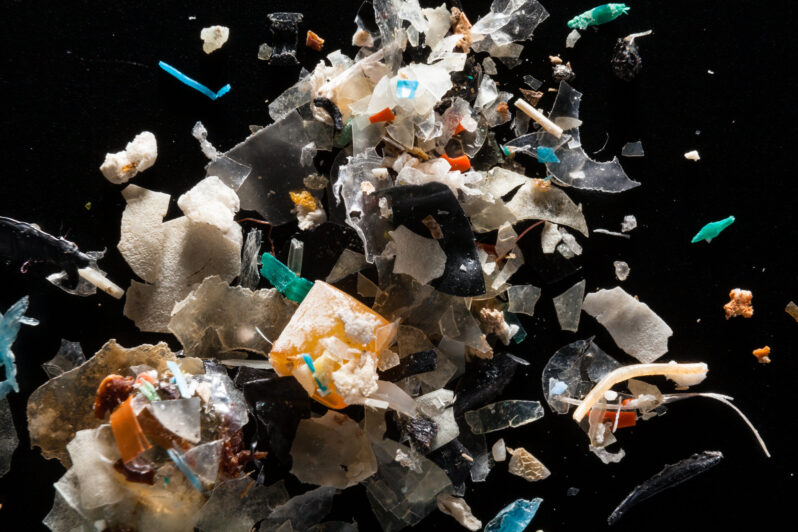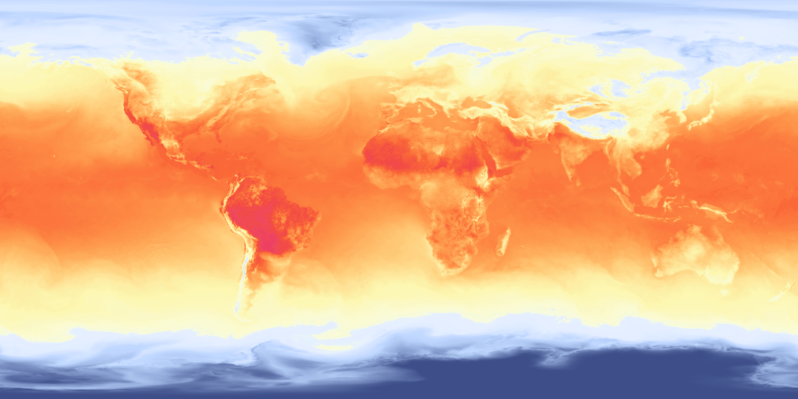Long Story Shorts: Why Should You Care about Deep-Sea Mining? – Hakai Institute

Deep-sea mining is a controversial proposed solution to the rising global demand for metals—but did you know it has the potential to destroy vital deep-water ecosystems and cause unknown ripple effects through the entire marine ecosystem?
Sponging Up Plastic Pollution – Hakai Magazine

For millennia, humans have used dried natural sponges to clean up, to paint, and as vessels to consume fluids like water or honey; we’ve even used them as contraceptive devices. Whether synthetic or natural, sponges are great at ensnaring tiny particles in their many pores. And as scientists around the world are beginning to show, sponges’ cavity-filled forms mean they could provide a solution to one of our era’s biggest scourges: microplastic pollution….
September shattered global heat record — and by a record margin – the Washington Post

Temperatures around the world last month were at levels closer to normal for July according to separate data analyses by European and Japanese climate scientists.
September’s average temperature was nearly 1 degree Celsius (1.7 degrees Fahrenheit) above 1991-2020 levels — or about 1.7 to 1.8 degrees Celsius (3.1 to 3.2 degrees Fahrenheit) above normal from before industrialization and the widespread use of fossil fuels…
